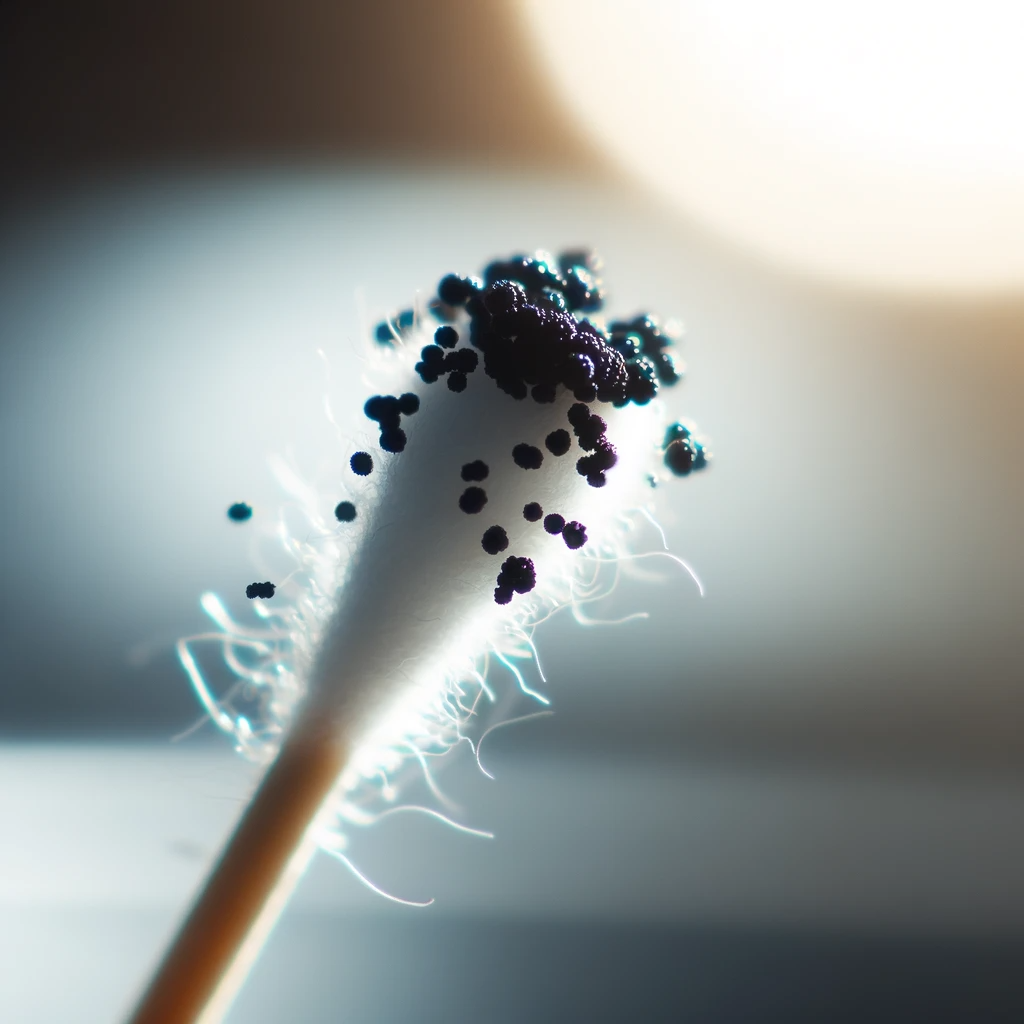Overview
When purchasing mushroom cultures, you can choose from a variety of different options depending on a number of different factors. This post will go over some of the different options available, and why some options might be better in some situations and others might be better in other situations.

Packaging Options
- Spore – Swab
- Spore – Syringe
- Spore – Print
- Live Mycelium – Agar Plate
- Live Mycelium – Liquid Culture (LC)
Difference Between Spore and Live Mycelium
Typically when most people think about growing mushrooms, they think they need to buy “spores”. Starting from spores gives you the most genetic diversity, because the spores mate and produce a unique genome. There are millions (and billions) of spores in a syringe of spores, and a large number of them mate on your substrate. Depending on your use-case, this might be ideal, since most likely a few of resulting mycelium genetics will enjoy your given substrate and grow into mushrooms. Another benefit of spores is that they don’t contain any “active” components, and therefore are legal to posses in most juristictions. However, one thing to note is that spores are typically produced in open-air, and there are not sterile. Vendors do their best to ensure cleanliness of the spores, but they are inherently dirty. That is why germinating spores on a petri dish, and selecting clean mycelium is the best way for reliable results. It is not required to do this, but just a strong recommendation.
Live mycelium on the other hand is the result of spores being germinated and cleaned, but it usually is even more than that. Often times, live mycelium will be from a clone of a mushroom which was selected for its looks, potency, and strong or fast growth. Typically, you only buy genetics for gourmet mushrooms in the live mycelium format. Professional growers with advanced labs have already done the hard work of growing out a multitude of genetics of a given species, and found the best producers, so it is not recommended to re-invent the wheel here unless you want to do the work to fine tune for your growing environment and goals.

Spore – Print
Upon harvesting a mushroom, you can cut the cap off, and place the cap on a piece of clean paper or foil. After a few hours, the spores will drop off of the gills of the cap, and land in a unique pattern on the foil. This is called a spore print, and it contains a lot of spores, far more than you might ever really need. Spore prints are probably the most difficult type of spores to use, because you would have to either scrape the spores onto a petri dish, or sterilize a syringe and spray sterile water onto the print, and then suck up the resulting spore solution back into the syringe to be injected into a grain bag or something else.

Spore – Swab
Instead of leaving the spores to naturally drop off the mushroom, like what is done for a spore print, a spore swab is created by rubbing a cotton swab onto the gills of a mushroom in order to coat it with spores. For some varieties of mushrooms which do not produce a lot of spores, because they are albino or leucitic, spore swabs are the only reliable option for obtaining spores. The benefit and the curse of spore swabs is that it is the ideal format for rubbing onto a petri dish to clean up the culture. That means you are producing clean mycelium, but it is somewhat difficult to go directly from a spore swab to a jar of grain. Don’t worry though! Agar is easy, and it is the best way for success!

Spore – Syringe
These can be produced from a spore print, and are usually the most common way that people buy spores. Once in a syringe the spores are very versatile and can be injected into a grain jar, or a small amount injected onto a petri dish for further cleaning.

Live Mycelium – Agar Plate
In order to produce live mycelium on an agar plate, spores are germinated on a petri dish, and transferred to a clean plate a number of times in order to isolate only the best and the cleanest mycelial growth. In addition, the same process can be done by slicing a small piece of the inner flesh of a mushroom onto an agar plate, in order to produce “cloned” mycelium. Both of these methods produce mycelium which is clean and vigorous. The plate can then be used to inoculate grain, or to produce mycelium liquid culture.

Live Mycelium – Syringe (LC)
Liquid culture is mycelium which is growing vigorously in a nutrient broth solution. It is usually in a syringe format, and once injected onto grain, the grain will be fully colonized in a relatively short amount of time in comparison to spores injected onto grain. However, it is more difficult to produce completely sterile liquid culture, and more difficult to judge the cleanliness of the culture just by looks. Liquid culture also has a shorter shelf-life than spores, though it can be extended by keeping it in a cool and dry place.
Thanks for reading! We hope this blog post helps you determine which type of mushroom culture is best for your cultivation needs. Check out the LightningSpore shop to see what cultures we have to offer!

